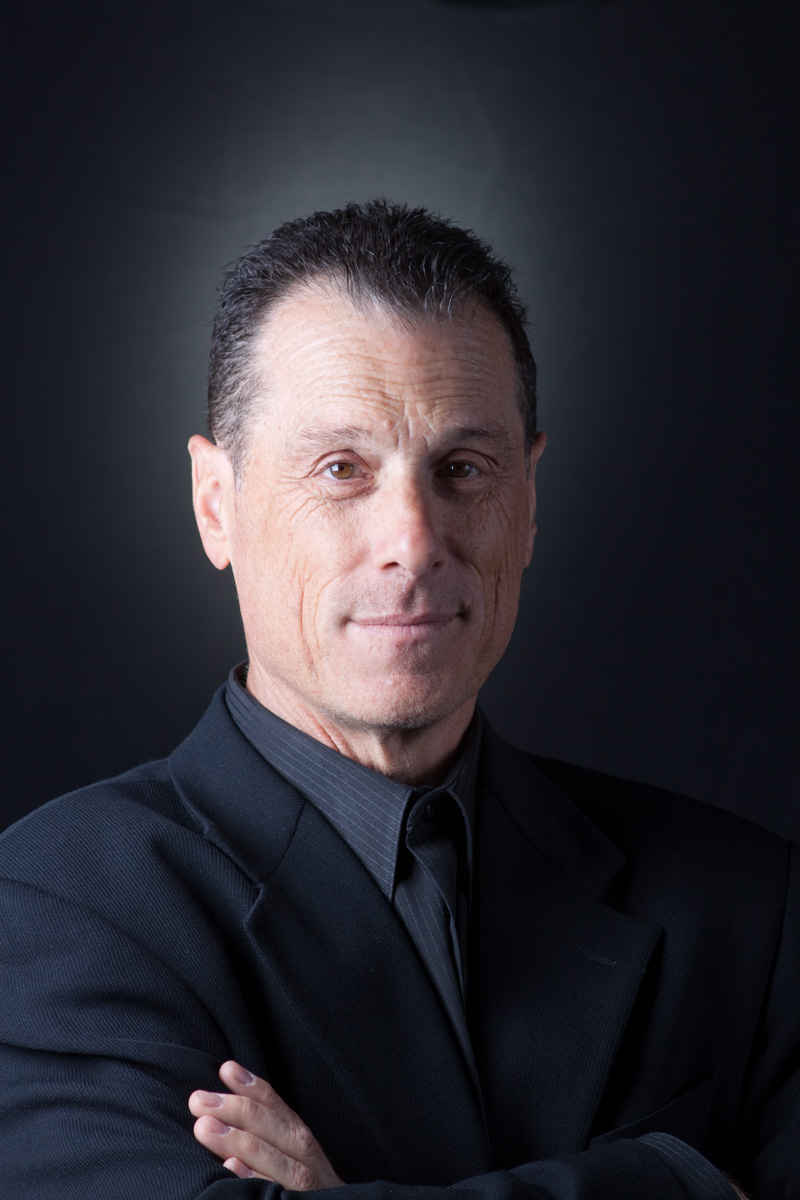 I teach a very large lecture class on the Foundations of Contemporary Art. We have a total of 187 students registered at the moment, creating a significant presence in the room. This is not a course I would have imagined myself teaching a decade ago. However, as we evolve as artists and educators, and probably as people, change is inevitable. I find the students to be constantly engaged and, in a way, inspirational.
I teach a very large lecture class on the Foundations of Contemporary Art. We have a total of 187 students registered at the moment, creating a significant presence in the room. This is not a course I would have imagined myself teaching a decade ago. However, as we evolve as artists and educators, and probably as people, change is inevitable. I find the students to be constantly engaged and, in a way, inspirational.
When I began teaching this course, I took it as a challenge; I remembered the Art History classes I had with Janson’s History of Art as the main text. I recalled how galled I had felt and how irrelevant the course and the text seemed to me (in around 1976). I still have that text (it is sitting in front of me as I write this) and I sometimes look back at the original to remind myself of the story that the text and it’s authors were telling. It was a story that was simply called the History of Art. The original text, published in 1962 (mine was updated in 1973), was subtitled, A Survey of the Major Visual Arts from the Dawn Of History to the Present Day. It begins with The Art of Prehistoric Man and ends with chapters on 20th Century Painting, Sculpture and Architecture. Needless to say, that is a very long story to tell and it is a story that was long due for revision. For there to be only one history of art we must presume that there is only one lens through which to tell it, one limited set of possibilities and a narrow bandwidth of art itself. We must limit the voices we include in the telling and we most likely would tell that truncated story from the point of view of the dominant culture, i.e. the one in which we reside, The West. Though Jansen’s original text included ten pages on “Islamic Art,” it is largely a history of Western Art. Ironically the newer, revised version of the text is called, Janson’s History of Art: The Western Tradition, thus noting that this story is told from a particular vantage point.
The Feminist Art Historian Norma Broude notes that, “[Janson’s] History of Art, first published in 1962, contained neither the name nor the work of a single woman artist.” Indeed, the introduction to the text is titled, The Artist and His Public; perhaps a prescient clue to the narrative that followed.
In her influential essay from 1988, Linds Nochlin asks the rhetorical question, “Why have there been no great women artists?” She later notes that asking the question only begins the conversation; in order to advance the rhetorical value of the question she prods us thusly:
The question “Why have there been no great women artists?” is simply the top tenth of an iceberg of misinterpretation and misconception; beneath lies a vast dark bulk of shaky idées reçues about the nature of art and its situational concomitants, about the nature of human abilities in general and of human excellence in particular, and the role that the social order plays in all of this.
This illuminates other omissions in Janson’s History of Art as well; the lack of a global understanding of art, the lack of artists of color or ethnic diversity, the cementing of formal valuation of art and connoisseurship as a metric for such valuation.
To be clear, I hated my first Art History class in 1976. I could not understand why the possibilities of Art were so limited and limiting, and why there was seemingly no room for argument by a student (me) who knew nothing but sensed that something was off in this narrative. But perhaps the narrative in Janson’s text was a narrative of its time. The narrative I hope to suggest, the story I seek to tell to my students in my own art history course, is a narrative of this time; one that tells a story informed by what we have come to know since those days.
In order to tell new stories, we need new stories. We also need new storytellers, who are telling stories of a different nature; ones that bear witness to an inclusive and elusive canon made up of truths that are culled from multiple histories. Bearing witness, standing still, pushing the conversation forward, watching seasons change; some things are inevitable. Change is inevitable. Multiplicity, polyvocality and the kind of revisionism that comes with new knowledge, is inevitable.
I had a teacher in art school whose critique upon looking at my work, was often simply, “Do it again but differently, tell it again but differently…” Good advice for a methodology that keeps us both flexible and malleable; incorporating and embodying change as we go.
Very best,
Douglas Rosenberg
Chair, UW-Madison Art Department
